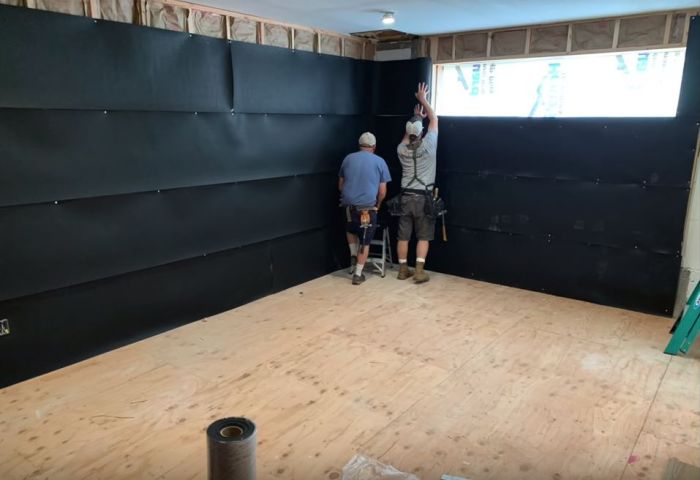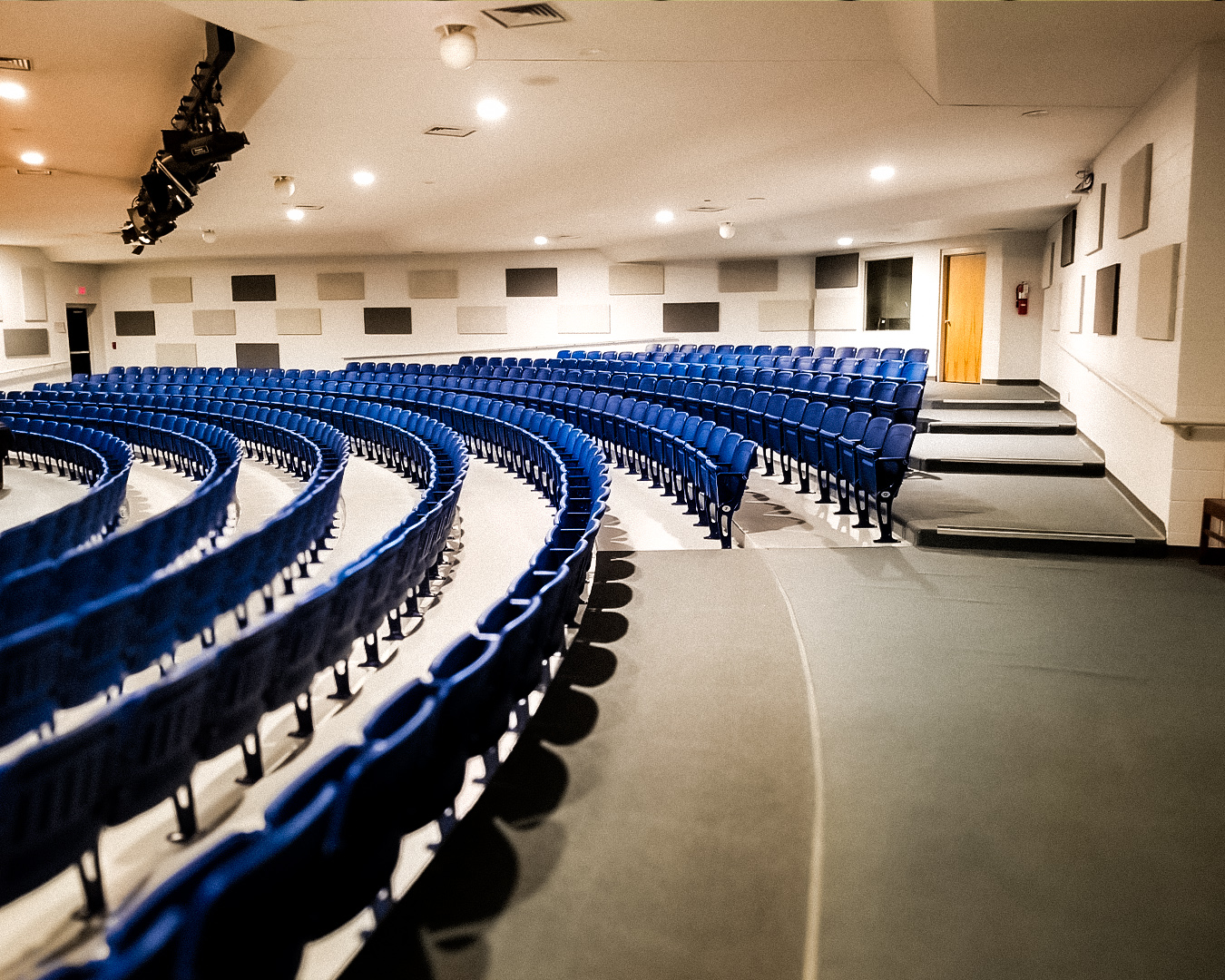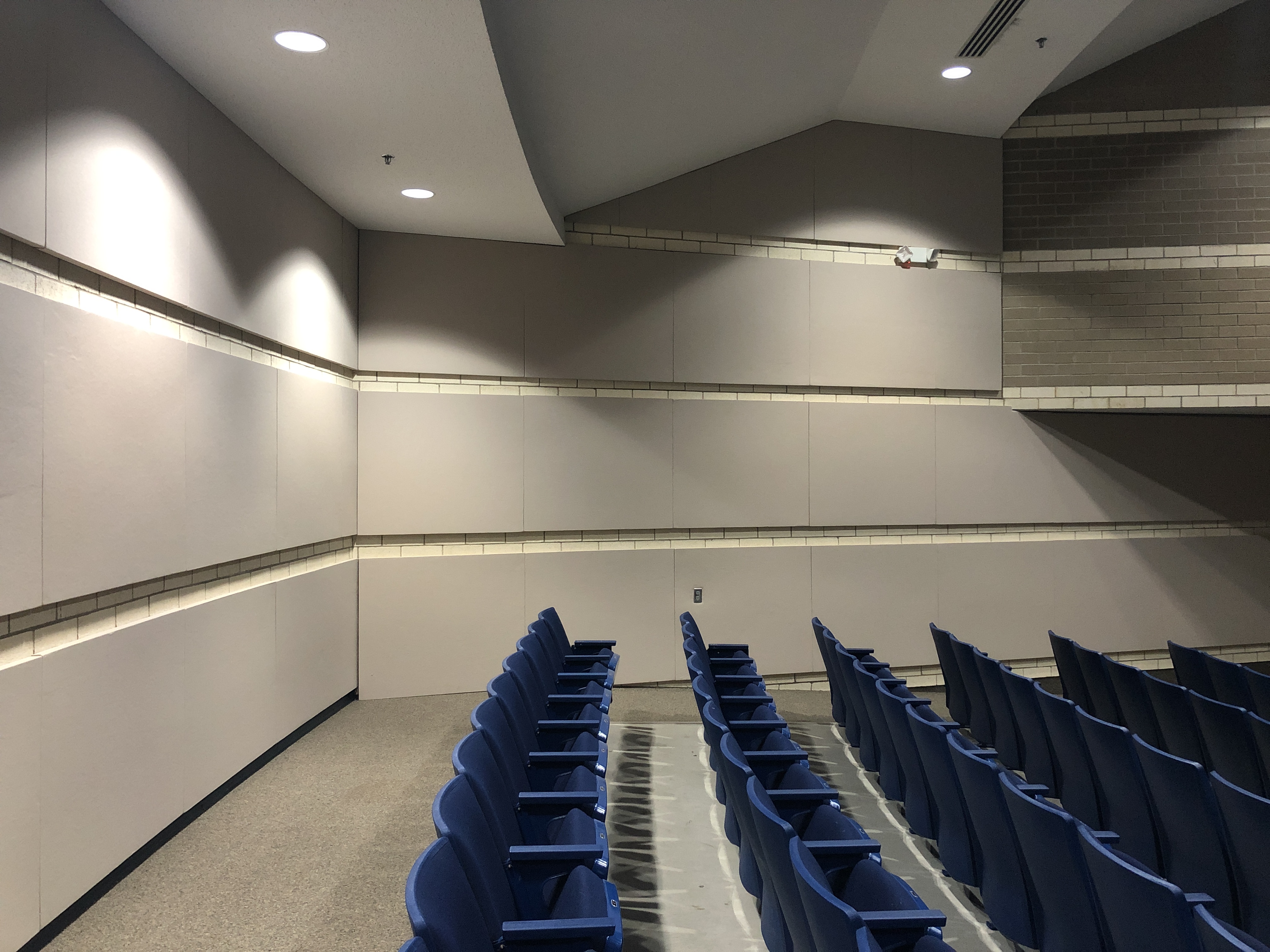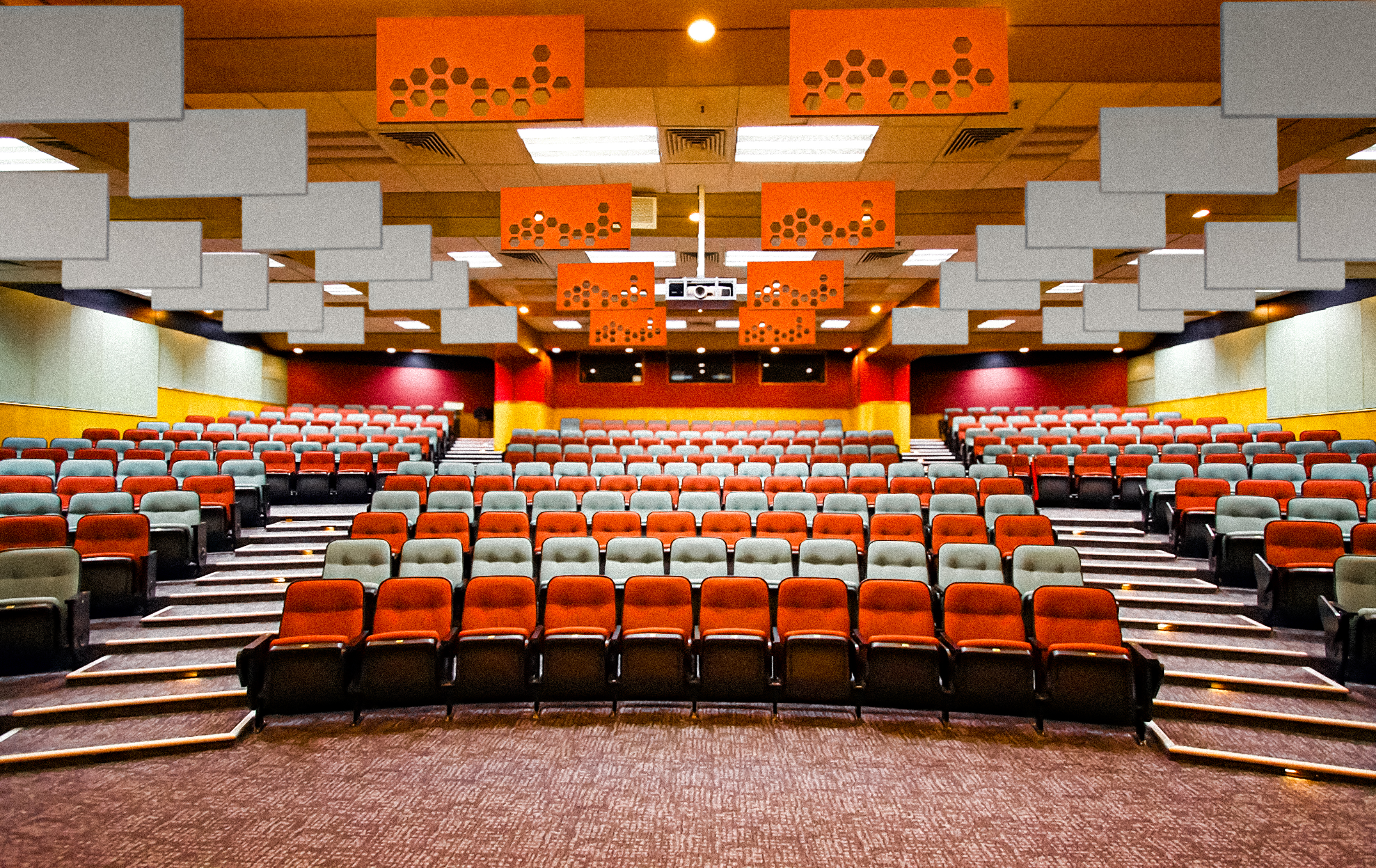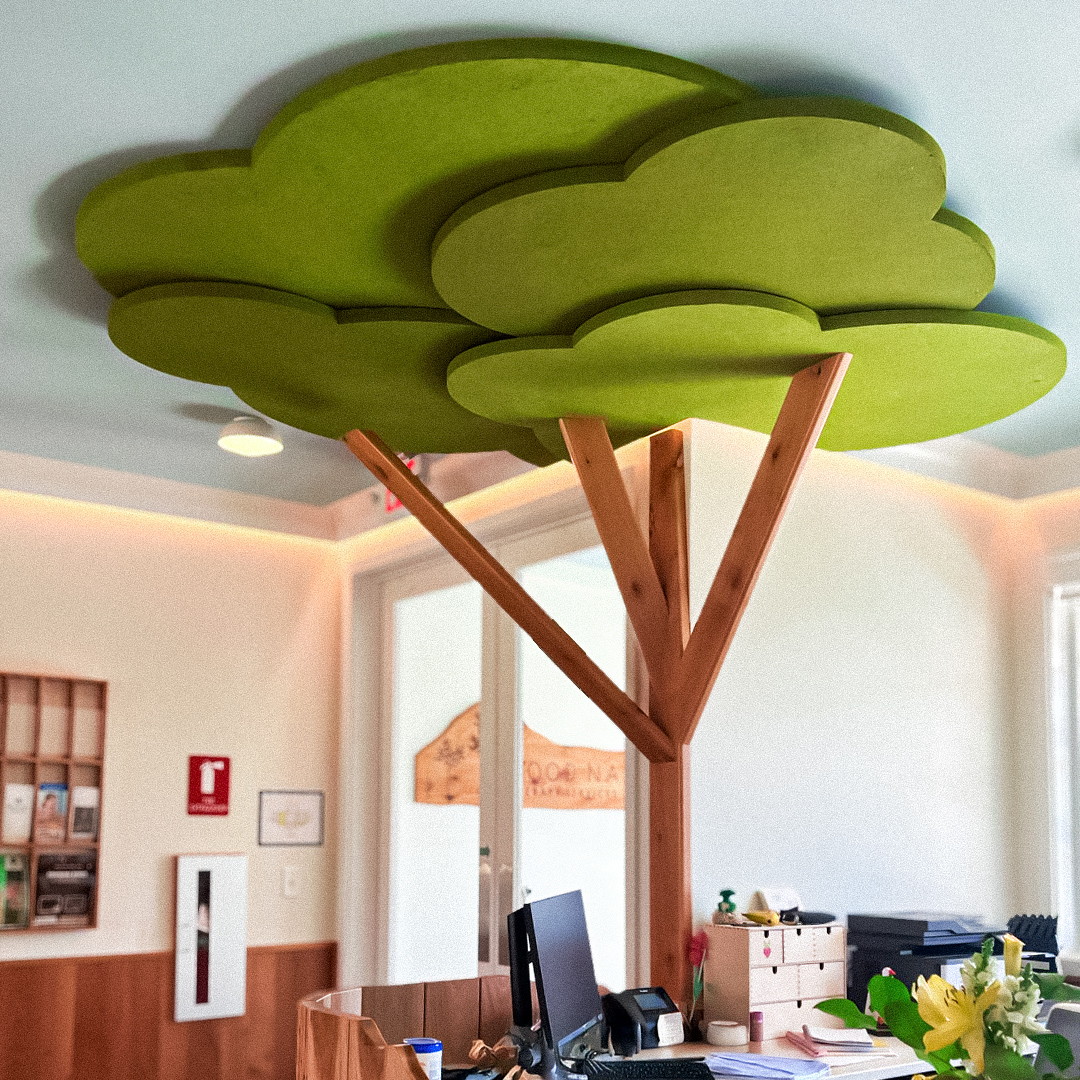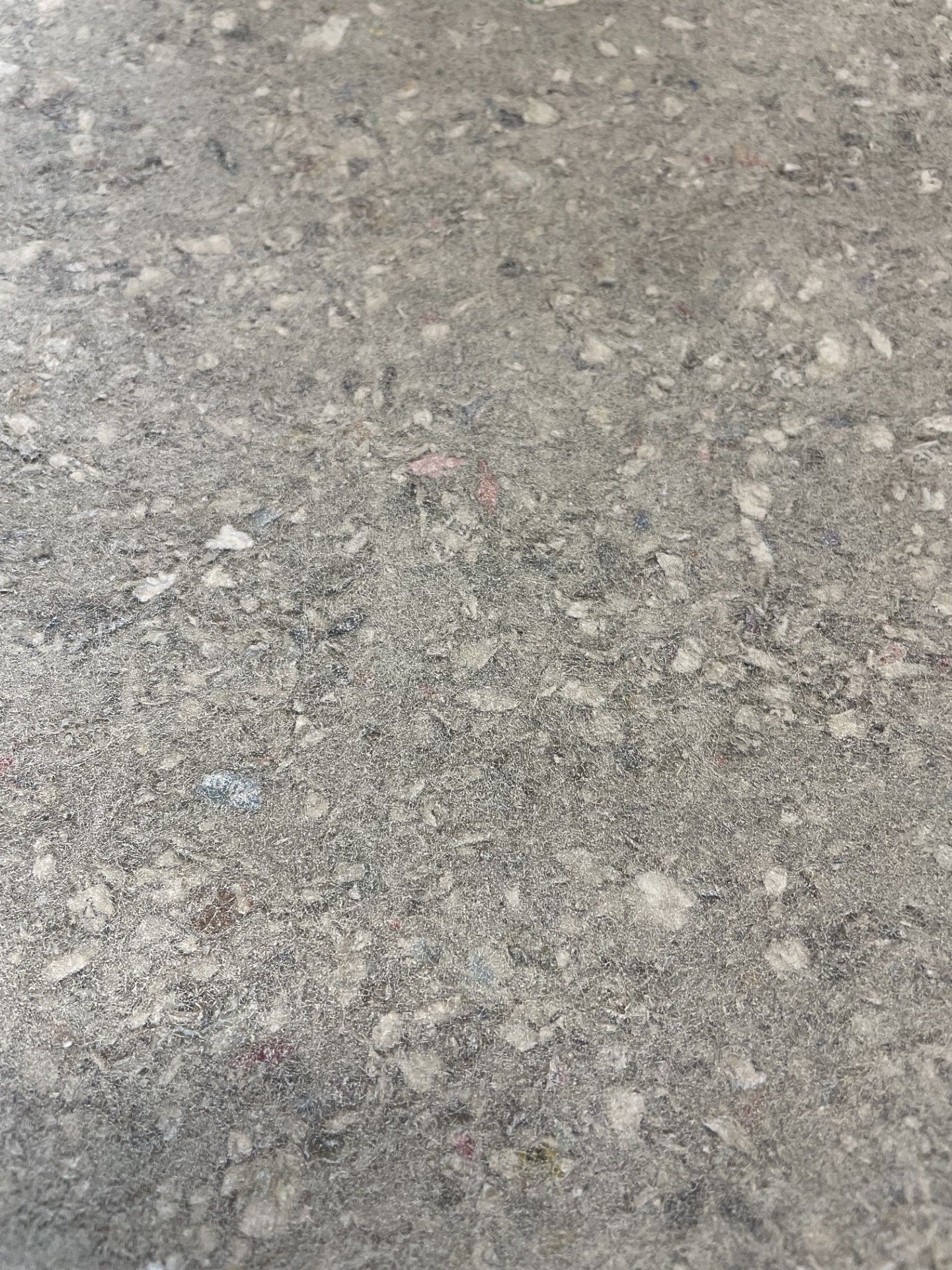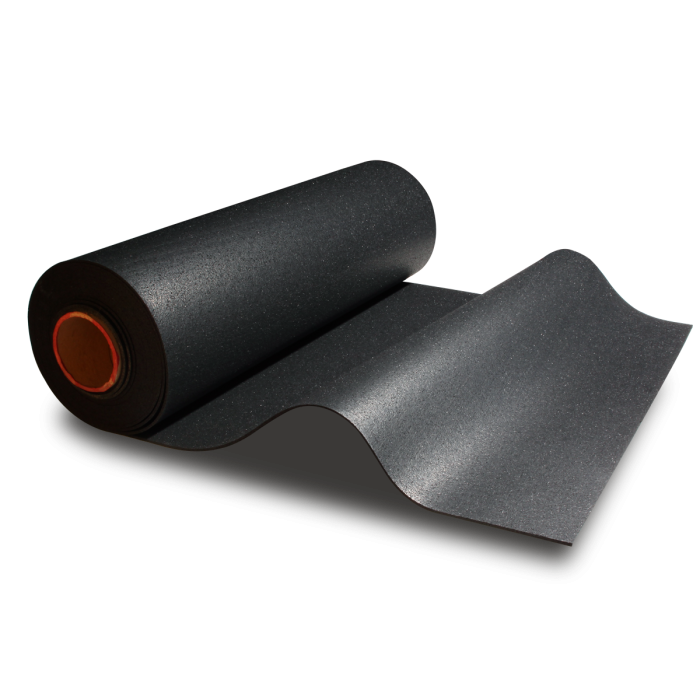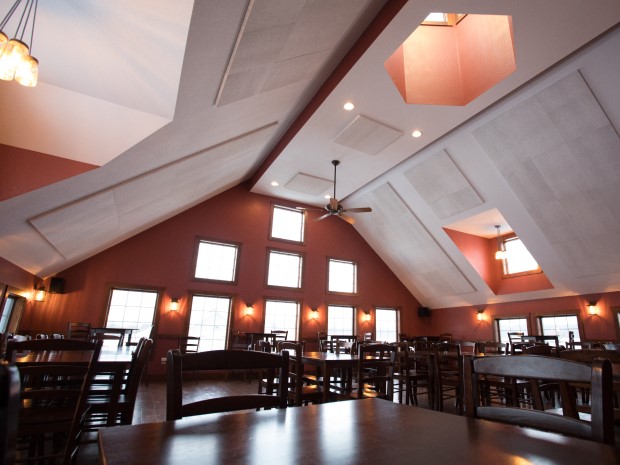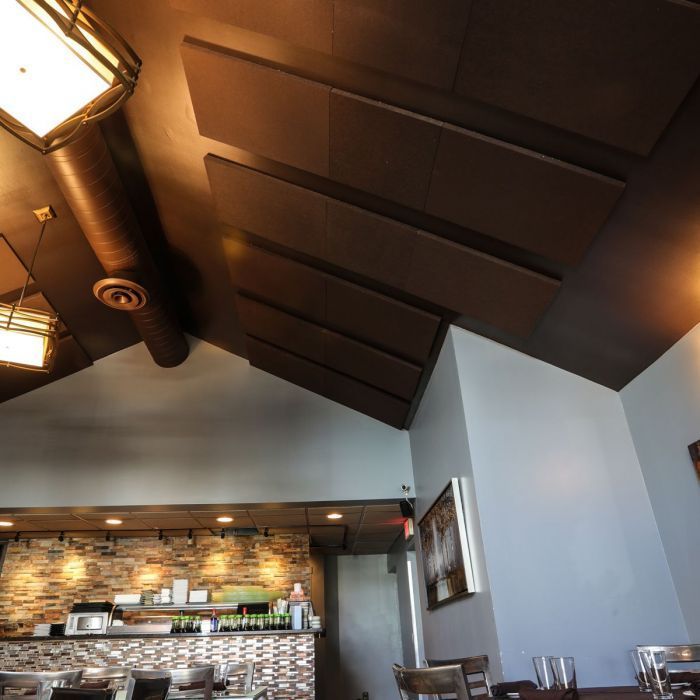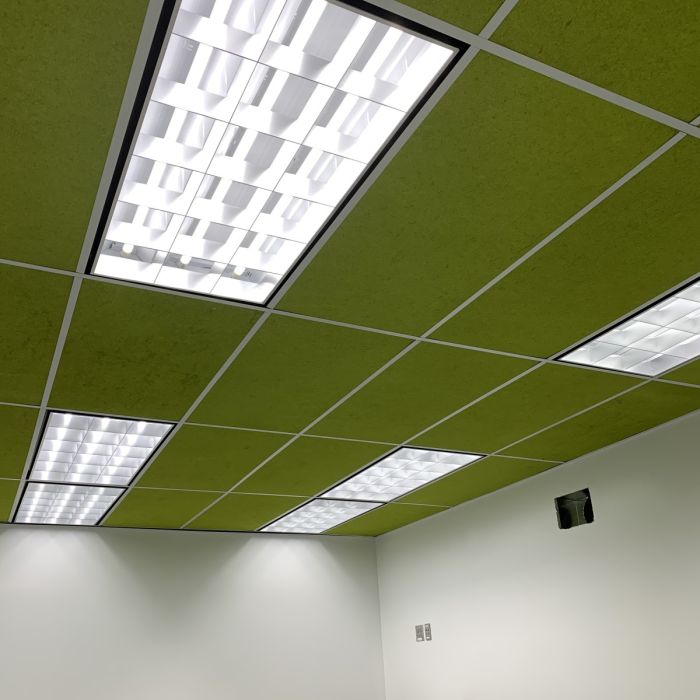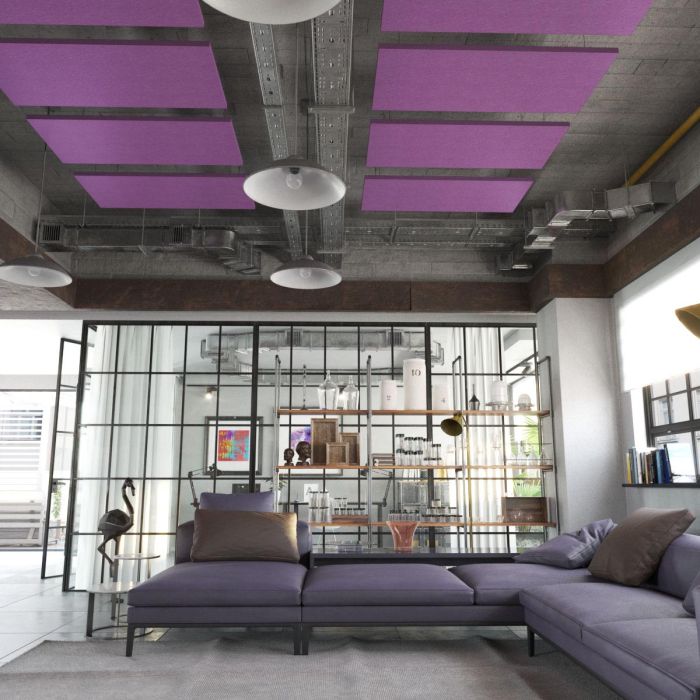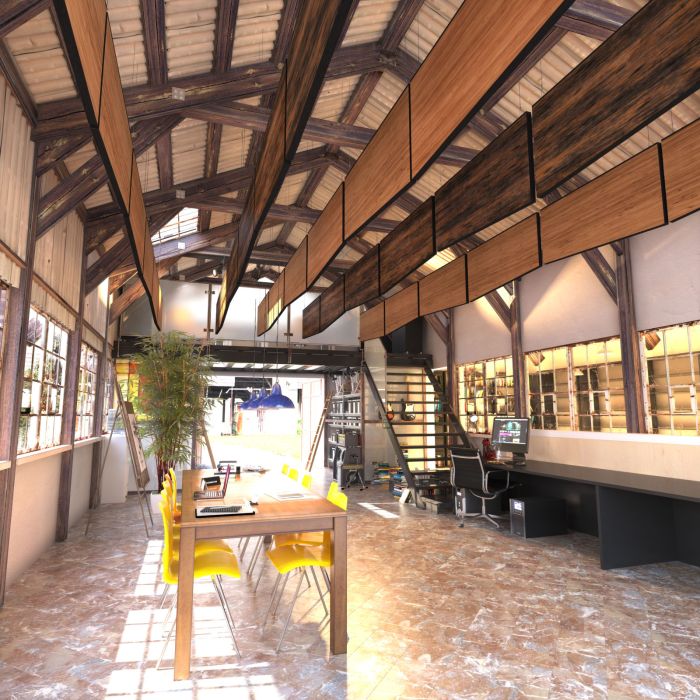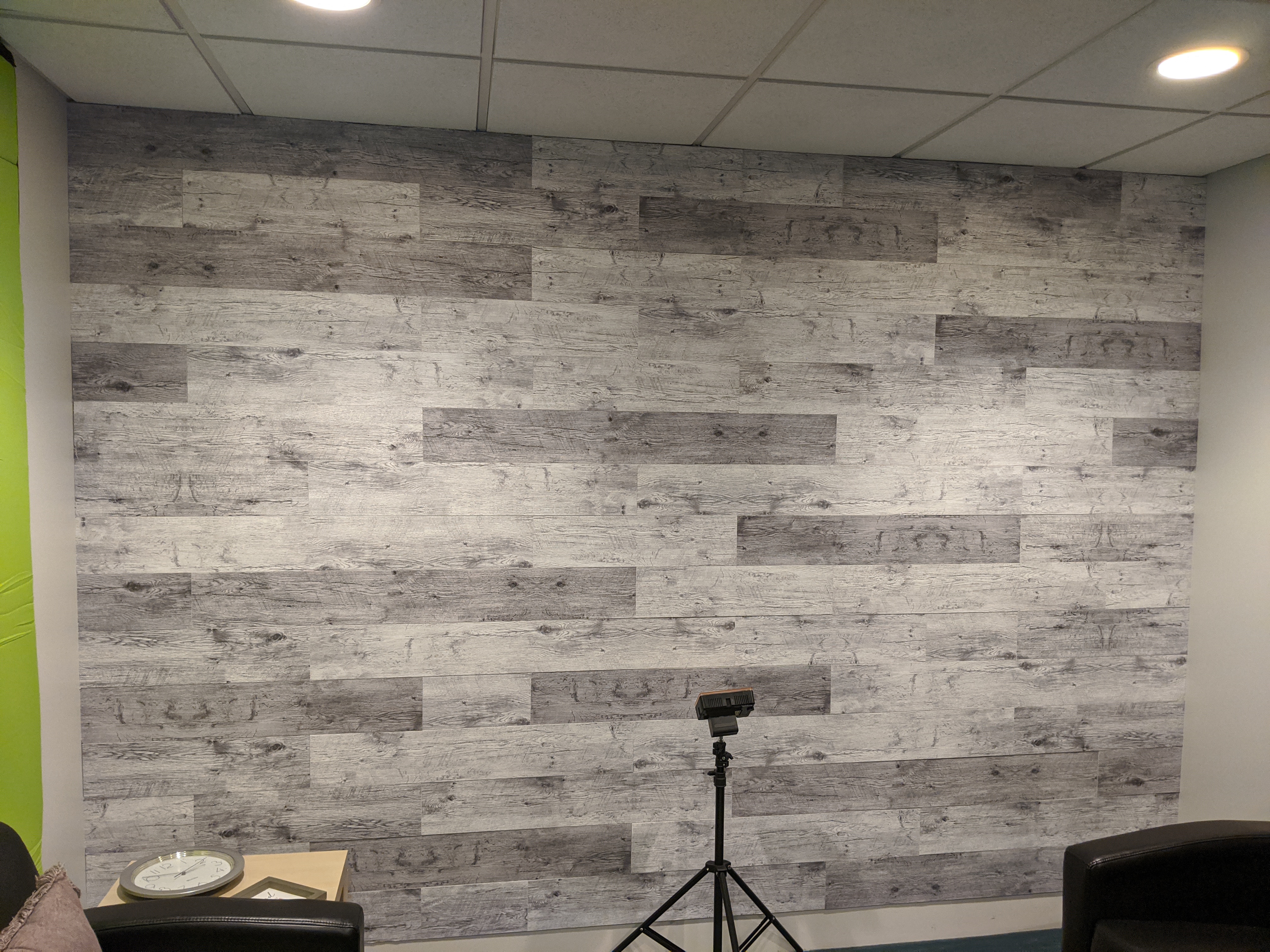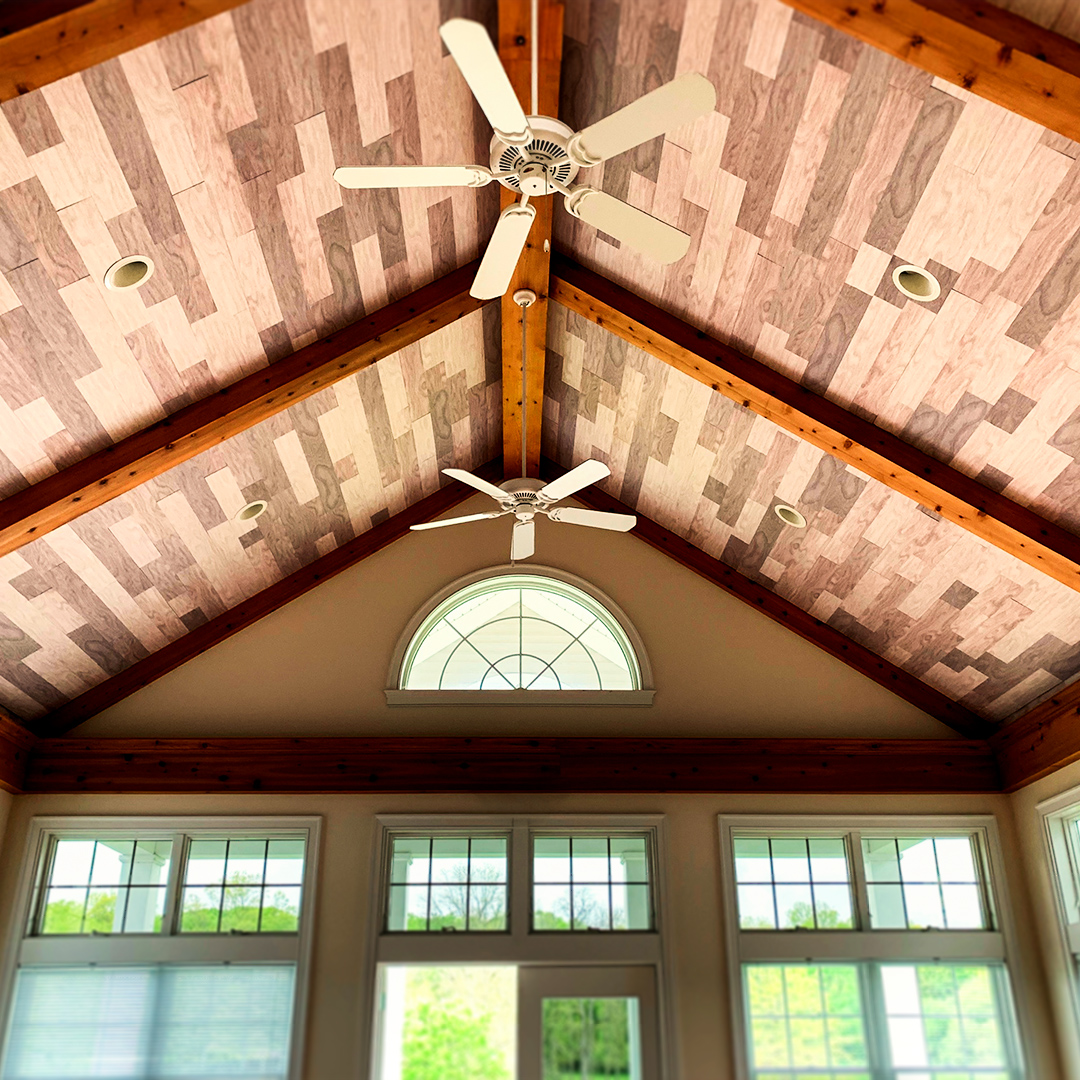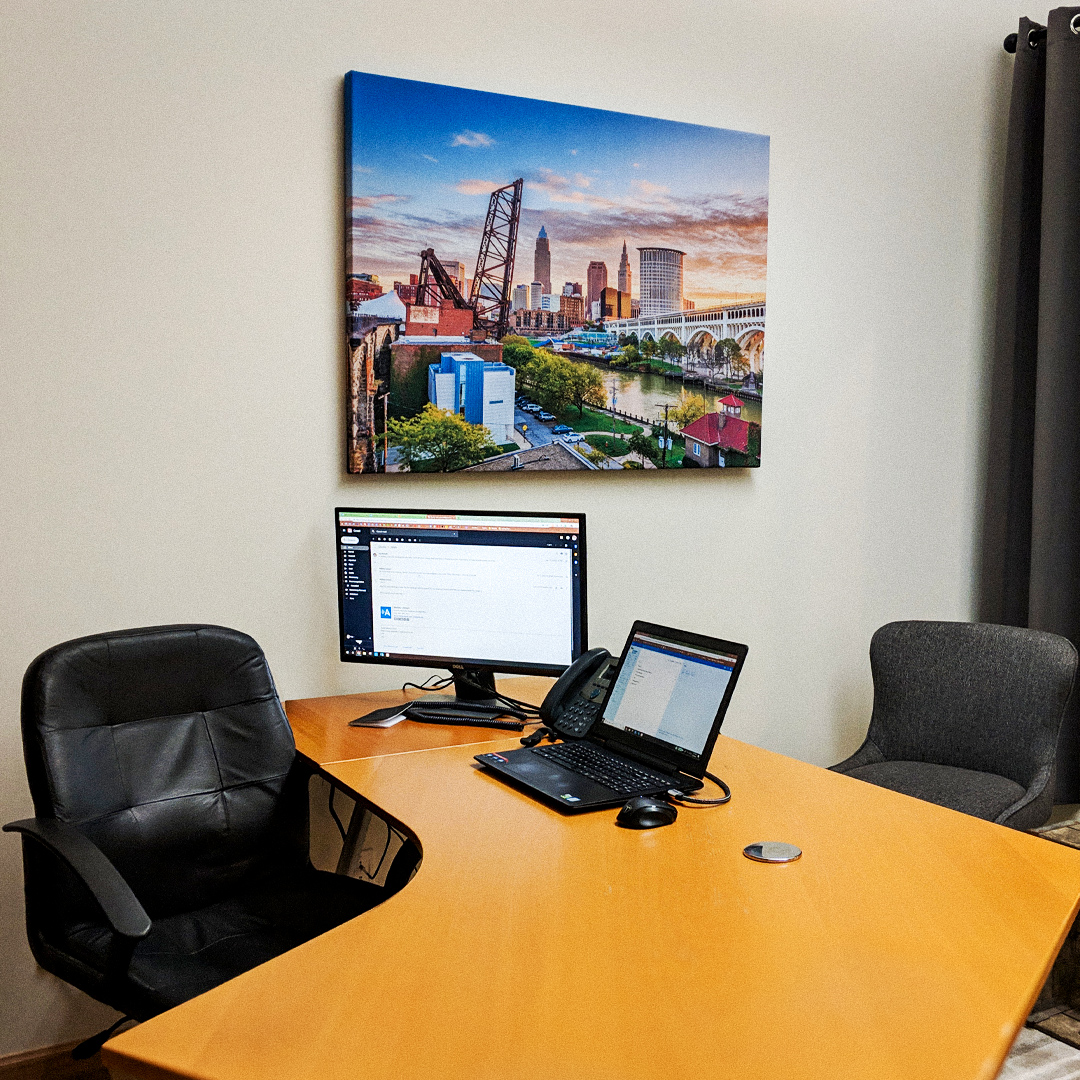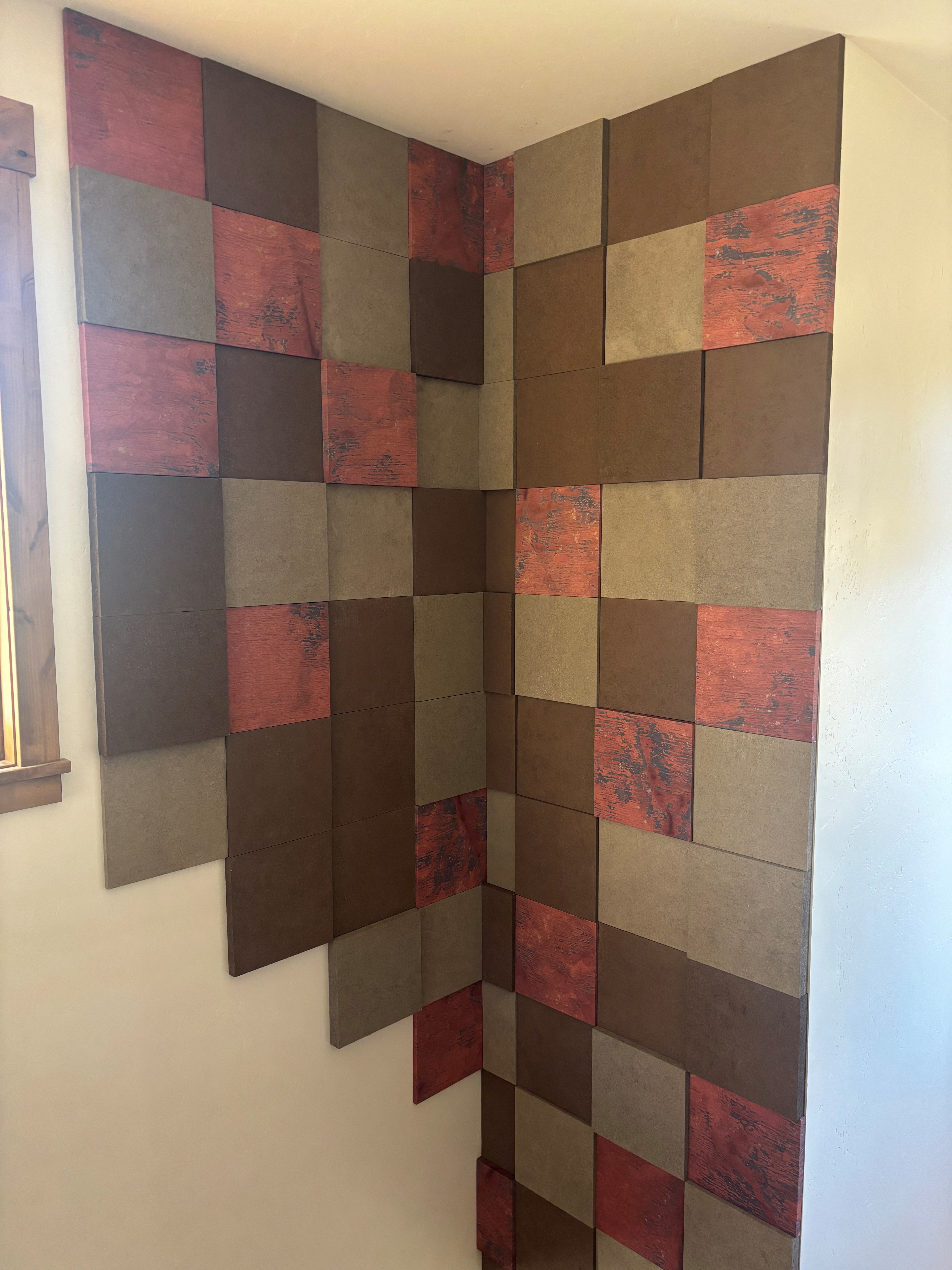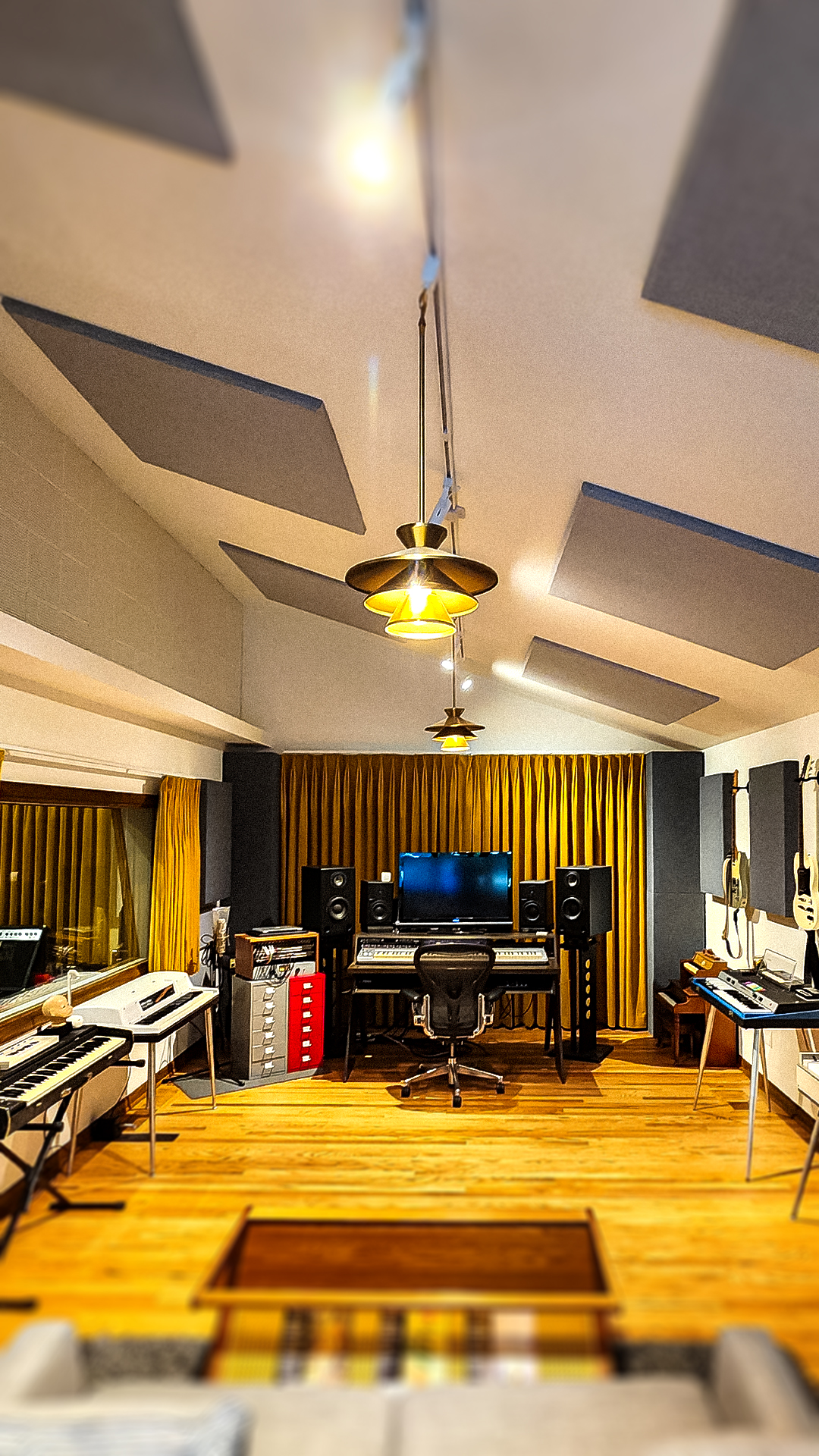Peacemaker vs Mass Loaded Vinyl
- Sep 29, 2025
When it comes to blocking sound, mass is everything. That's why concrete and brick are so good at soundproofing. But there are also sound-blocking materials that can be added to existing walls, floors, and structures to limit sound transmission. Mass Loaded Vinyl, or MLV, is a popular sound barrier material across the sound management industry. Peacemaker® is Audimute's greener take on traditional MLV.
What is Mass Loaded Vinyl?
Mass Loaded Vinyl is a thin sheet of vinyl with tiny chemical compounds added to increase mass, and, therefore, increase sound-blocking properties.
What is Peacemaker?
Peacemaker is Audimute's eco-friendlier alternative to MLV. It is constructed with 90% post-consumer material, including recycled tire rubber, while also being flexible and durable.
We offer two different thicknesses of Peacemaker:
Our 6mm Peacemaker Soundproofing Underlayment is intended for installation beneath a finished flooring, where it can significantly reduce the amount of vibration and impact noise. Think of it as a shock absorber.
Our 3mm Peacemaker Sound Barrier can be installed between walls, ceilings, and floors to significantly reduce airborne sound transmission. It's denser than the 6mm Peacemaker, which means it's more effective at blocking airborne sound.
How Does Peacemaker Compare to MLV in Effectiveness?
Sound Transmission Class, or STC, measures the ability of a material to block sound. The higher the STC rating, the better the sound-blocking. So, if the STC rating is 25, very little sound is getting blocked. At STC ratings of 45 and above, sound transmission is significantly reduced.
It can be difficult to compare the STC of both materials because different weights and thicknesses, as well as different applications (drywall, etc.), will result in different soundproofing effectiveness. That said, our Peacemaker Soundproofing Underlayment - 6 mm was tested over a 6" concrete slab with Click-Lock LVT flooring, resulting in a STC Rating of 50 and an IIC (or Impact Insulation Class) Rating of 57. Different MLV applications will result in different STC ratings, but we have found that Peacemaker is comparable in effectiveness.
How Do I Install Peacemaker?
Peacemaker typically requires new construction for installation, whether in floors and walls. Click those links to read more about the actual installation steps. In both instances, however, seam sealing tape or acoustical sealant should be used to limit places where sound can get through.
A quieter life at home or at work without excessive sound transmission is a goal for many of us. And whether you opt for Peacemaker or another material on the market for your soundproofing needs, be sure to exercise safety and caution during installation. If you have any questions about Peacemaker or top soundproofing practices, please call us at 1.866.505.MUTE!


